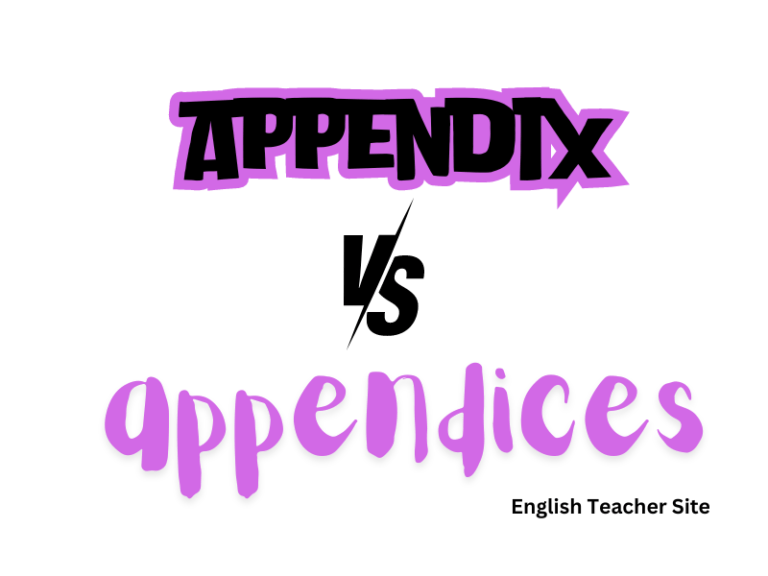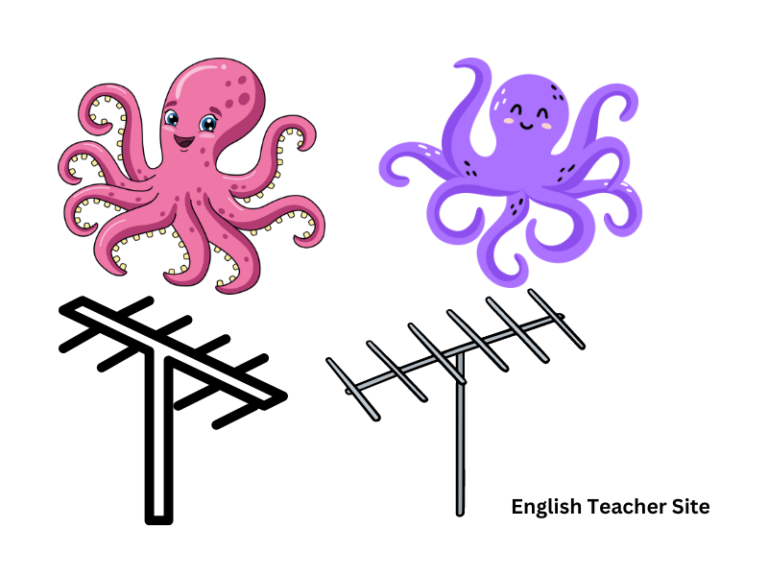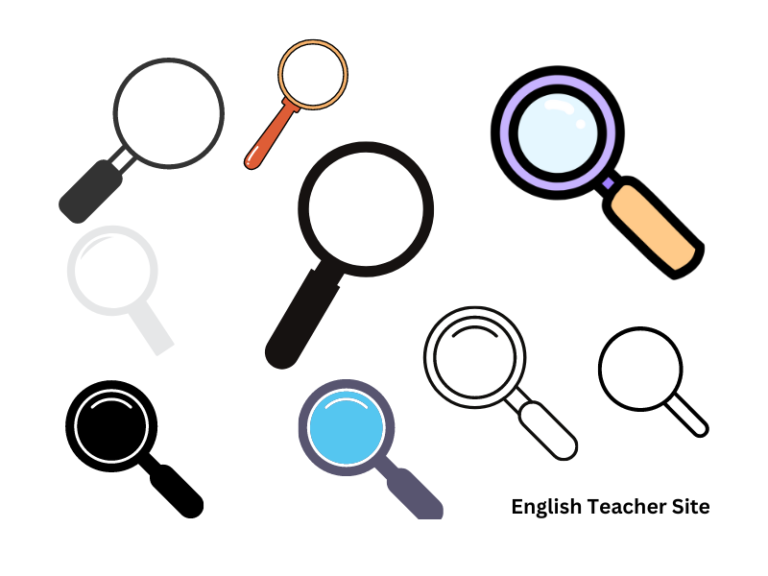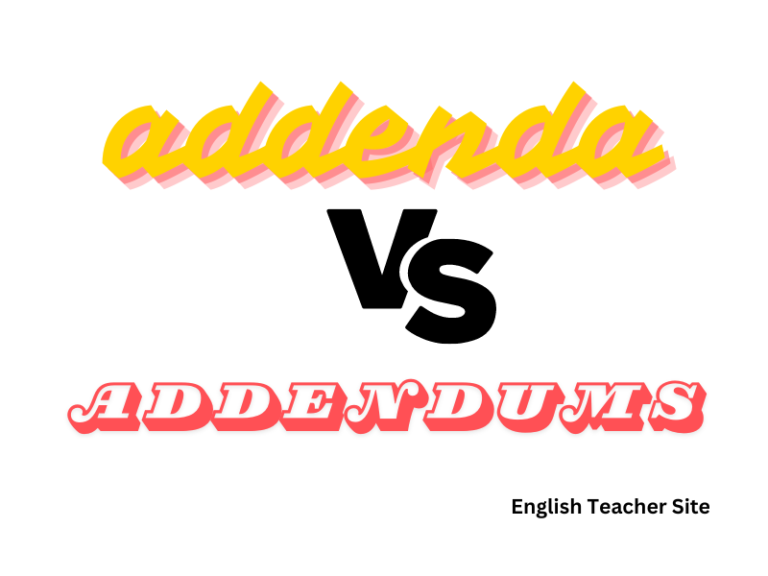What’s the Plural of Dogma: Understanding Collective Beliefs
The plural of “dogma” can be either “dogmas” or “dogmata,” with the latter being a less common but still correct form based on the original Greek ending. In modern English usage, “dogmas” is the preferred and more frequently used plural. This word illustrates an interesting aspect of English where historical and etymological influences affect its…










